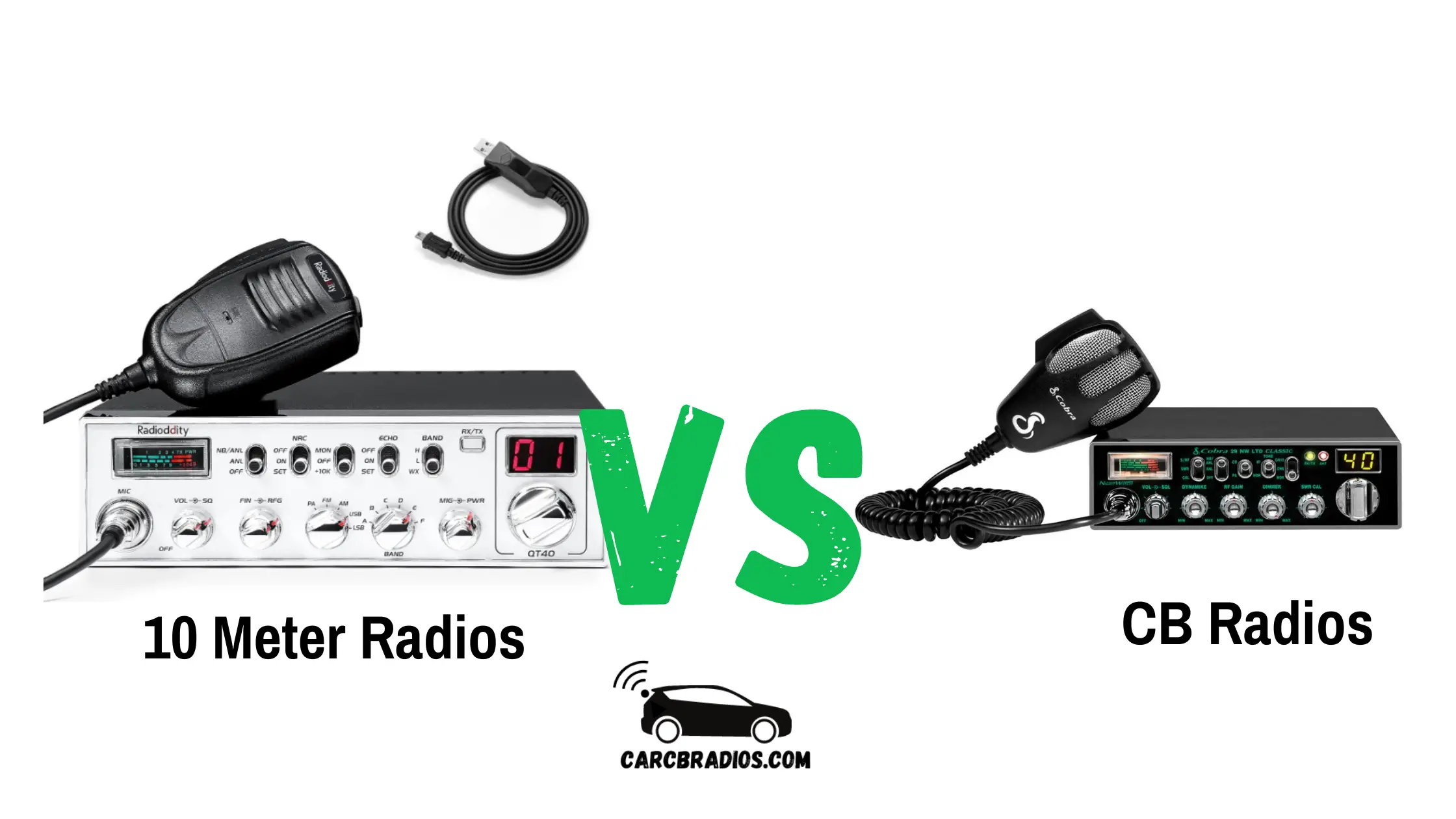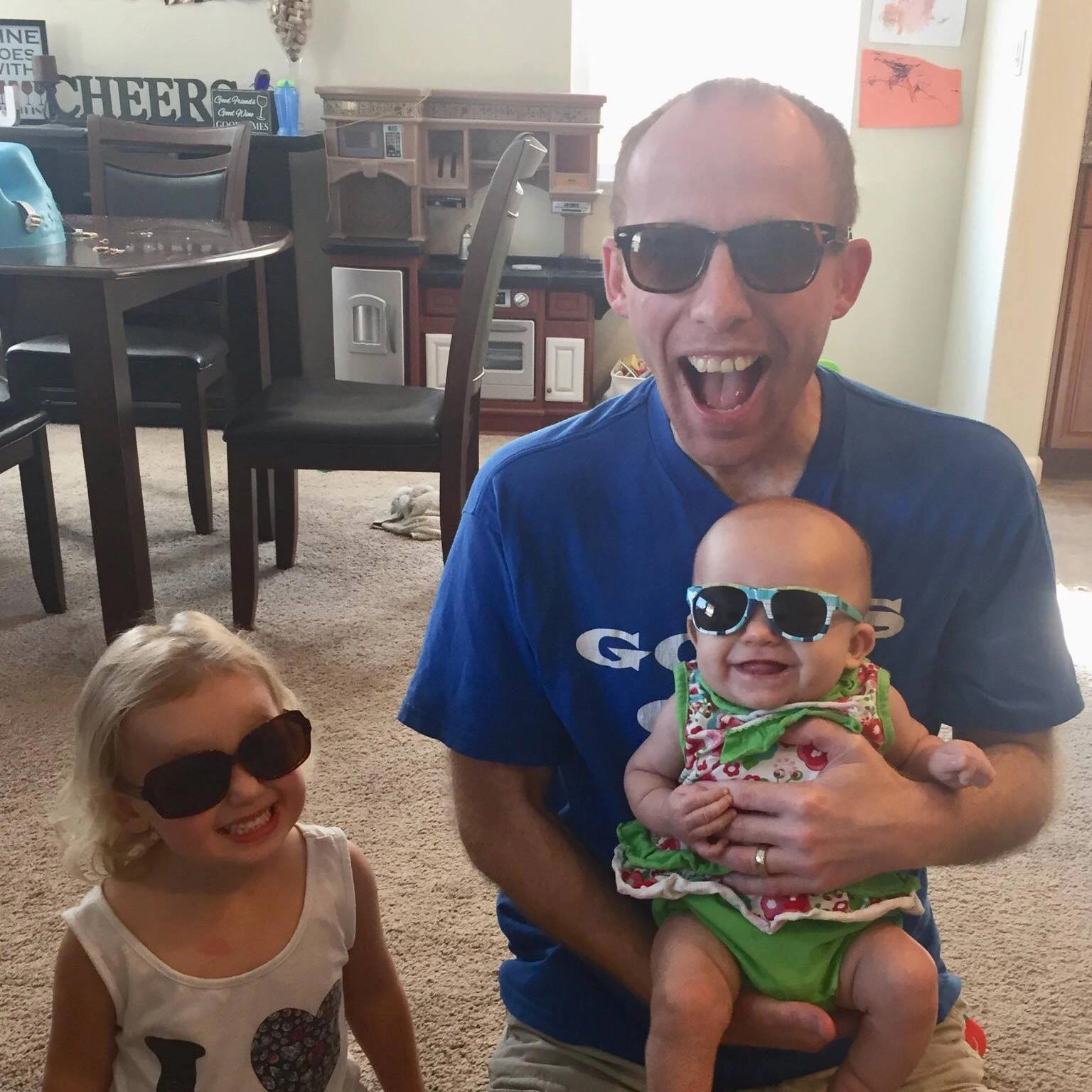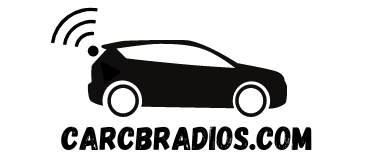By: Jeremy Neisser
As an experienced amateur radio operator, I often encounter confusion between CB radios and 10-meter radios. While both types of radios are used for two-way communication, there are some key differences that are important to understand. CB radios are often used by hobbyists and businesses for short-range communication, while 10-meter radios can transmit and receive communications over thousands of miles.
One of the biggest differences between the two radios is that CB radios do not require a license, while 10-meter radios require an FCC license. Additionally, CB radios are limited to a range of up to seven miles, while 10-meter radios can transmit signals over much longer distances. In this article, I will provide more background information on CB radios and 10-meter radios, including their range, power, and frequencies, as well as some common uses and popular brands.
10 Meter Radios vs CB Radios - Key Takeaways
CB radios and 10-meter radios are both used for two-way communication, but there are key differences between them.
CB radios do not require a license and have a shorter range, while 10-meter radios require an FCC license and can transmit over much longer distances.
Understanding the differences between CB radios and 10-meter radios can help you make an informed decision when buying your first radio.

Communication Distance
When it comes to communication range, there are significant differences between CB radio and 10-meter radio. CB radios operate on 40 channels assigned by the FCC to a frequency range of 26.965 MHz to 27.405 MHz. These radios have a maximum power output of 4W and can transmit up to 7 miles, although some models can reach further. However, it is against FCC rules to attempt to transmit more than 155.3 miles on a CB radio.
On the other hand, 10-meter radios can transmit hundreds or even thousands of miles, depending on the equipment and location. They operate on the 10-meter band with a frequency range between 28 and 29 MHz. The radio frequencies on the 10-meter radio band include things like morse code, AM/FM, worldwide repeaters, SSB, high-frequency beacons, and DX stations.
The high power output of 10-meter radios, typically around 100 watts, and some models offering up to 1,500 watts pep, is designed for long-distance communication. However, the FCC requires 10-meter radio users to have a license and call sign.
The practical purpose of the high power output of ham radio or 10-meter radio is to allow users to communicate with each other all over the world and pass along critical information in emergencies. CB radios are also used for emergency communications at the local level.
In summary, while CB radios are suitable for short-range communications, 10-meter radios are designed for long-distance communication and require a license and call sign to operate.
FCC Regulations
As of now, FCC license is not required for CB radio users. However, CB radio service is still regulated and users must follow strict rules. CB service is limited to 40 shared channels on a “take-turns” basis and no channel is assigned to a specific individual or organization. CB users are limited to 5 minutes of continuous talk with another station and must wait at least one minute between communications on the same channel. Furthermore, CB equipment used in the United States must be FCC-certified and labeled as such by the manufacturer. CB users are not allowed to raise the power output of a CB unit, attach a power amplifier, or modify the unit internally.
Unlike CB radios, 10-meter radios are more powerful and are therefore strictly regulated by the FCC. Amateur radio operators must have a call sign that identifies who they are and pass a test to get their amateur radio license. There are three levels of licensing, each offering expanded user privileges. The entry level license is called the Technician Class, which grants transmitting privileges on the VHF and UHF bands used for local communication, and limited Ham bands for global transmissions. The General Class expands transmitting privileges to long-distance, international communication via signal propagation, and increased voice operation on Ham bands. Finally, the Extra Class provides access to the full range of Ham bands allocated to the Amateur Radio Service. Users must take a new test to obtain the license for each level.
Types of Antennas
When it comes to radios, using the right antenna is crucial to ensure the best performance. There are different types of antennas available, each designed for specific frequencies and purposes.
For instance, 10-meter radios and CB radios require different antennas due to their different operating frequencies. 10-meter radios have a shorter antenna length and can receive the full spectrum of VHF, UHF, and SSB sidebands, which means they don't need to be tuned. On the other hand, CB radio antennas are much longer to provide maximum surface area for radio waves and must be tuned with an SWR meter to work properly. A poorly tuned CB antenna can result in a weak signal and may even damage the CB radio.
It's worth noting that with proper sizing and tuning, a CB antenna can be modified to work with a 10-meter radio. However, it's crucial to confirm that any antenna is adequate for the power output of your radio.
In summary, the type of antenna you need will depend on the frequency range and purpose of your radio. It's important to choose the right antenna and ensure it's properly tuned to maximize your radio's performance.
Common Uses of Amateur Radio
Amateur radio, also known as ham radio, is a popular hobby among enthusiasts. However, it also has practical applications in a variety of settings, including emergency situations. Here are some common uses of amateur radio:
Local Operation: FM repeaters allow for local communication within a certain range. This is useful for communicating with other amateur radio operators in your area.
Long-Distance Communication: HF (high-frequency) allows for long-distance communication, making it possible to communicate with other operators across the globe.
Digital Modes: Amateur radio operators can use digital modes such as RTTY and PSK31 to chat with text over the radio.
Data Transmission: Packet is a mode used for sending data over the radio. This is useful for sending files, images, and other data.
Amateur Television: ATV allows for the transmission of video over the radio. This is useful for broadcasting events or sharing videos with other operators.
Emergency Communications: Amateur radio operators are often called upon to assist in emergency situations. During natural disasters, when cell service may be limited or unavailable, amateur radio operators can provide vital communication services.
Contests: Amateur radio contests allow operators to compete with one another to see who can make the most contacts in a certain amount of time.
Low-Power Functioning: QRP (low-power) functioning is a popular aspect of amateur radio. Operators use low-power equipment to communicate with other operators, demonstrating their skill and expertise.
Citizens band (CB) radios are another type of two-way radio that is commonly used for personal communication. Here are some common uses of CB radios:
Off-Road and Hiking: CB radios are popular among off-road vehicle groups, RV travelers, hunters, hikers, motorcyclists, and truck drivers. They allow for easy communication in areas without cell service.
Traffic Alerts: Truckers use CB radios to stay informed about real-time traffic alerts, such as crashes, construction, gridlock, or police activity. CB radio users can notify trucks when it’s safe to pass or merge, helping to prevent confusion during heavy traffic.
Weather Channels: CB radios keep users informed about weather alerts, storms, environmental catastrophes, and other threats.
Boating: CB radios are essential for boaters, as cell service is often unavailable on the open water. Multi-band radios can access marine channels as well.
Emergencies: CB radios can contact emergency services even in remote areas, and they can run on battery power for communication after a natural disaster. Emergency channels 9 and 19 are reserved for emergency transmissions only.
Radio Prices
10-meter radios are typically more expensive than CB radios due to their increased power and features. Prices for 10-meter radios range from $200.00 to $900.00 for the most powerful 400-watt radio. CB radios, on the other hand, are less expensive due to their lower power transmission and fewer features. These radios range from under $100 to $400 for a unit with extra features. This price difference is one reason why hobby radio operators often prefer CB radios.
Popular Brands
When it comes to 10-meter radios, Stryker Radios is the most well-known and respected brand. They offer multiple models of 10-meter radios as well as high-quality CB antennas such as the SR-A-10 Center Loaded CB Antenna, SR – A10 Magnetic Mount CB Antenna, and Center Loaded Antenna SR-2K. Other popular brands in the 10-meter radio market include Ranger and Galaxy.
On the other hand, there are far more manufacturers of CB radios due to their lower cost and wider popularity. Among the most popular brands in this category is Cobra.
If you're looking for the best-in-class 10-meter radios, CB antennas, connectors, and accessories, Stryker Radios is the go-to brand. They offer a top-quality warranty and excellent customer service, making them a top choice among both professional and amateur operators who expect the best from their radios.
To get the optimum performance out of your CB radio, choose a high-quality CB Antenna from Stryker online or locate a store near you.
Frequently Asked Questions
What is the difference between 10 meter radios and CB radios?
10 meter radios and CB radios are two different types of radios that operate on different frequency bands. CB radios operate on the 11 meter band, while 10 meter radios operate on the 10 meter band. Additionally, 10 meter radios are designed for amateur radio use, while CB radios are designed for general public use.
Can a 10 meter radio be used as a replacement for a CB radio?
While a 10 meter radio can technically be used as a replacement for a CB radio, it is not recommended. CB radios are designed to operate on the 11 meter band, which is different from the 10 meter band that 10 meter radios operate on. This means that using a 10 meter radio as a replacement for a CB radio may result in poor performance and interference with other radios.
What are the advantages of using a 10 meter radio over a CB radio?
One advantage of using a 10 meter radio over a CB radio is that 10 meter radios offer greater frequency range and more power output. This means that 10 meter radios can reach farther distances and provide clearer communication in certain situations. Additionally, 10 meter radios are designed for amateur radio use, which means that they offer more advanced features and capabilities than CB radios.
How far can signals travel with a 10 meter radio compared to a CB radio?
The distance that signals can travel with a 10 meter radio compared to a CB radio depends on a variety of factors, including the power output of the radio, the type of antenna used, and the terrain and atmospheric conditions of the area. Generally, 10 meter radios can reach farther distances than CB radios due to their greater power output and frequency range.
What types of antennas are best for 10 meter radios?
The type of antenna that is best for a 10 meter radio depends on the specific use case and desired performance. Some common types of antennas for 10 meter radios include vertical antennas, horizontal antennas, and directional antennas. It is recommended to consult with a knowledgeable expert to determine the best antenna for your specific use case.
What are some recommended brands for 10 meter radios?
Some recommended brands for 10 meter radios include Yaesu, Icom, Kenwood, and Alinco. These brands are known for producing high-quality radios with advanced features and capabilities. It is important to do research and read reviews before purchasing a 10 meter radio to ensure that it meets your specific needs and requirements.

Hi & Welcome!
My name is Jeremy and I have been an avid car nut for many year. My first car was an 1987 Honda CRX. I put in my first Kenwood stereo, amp, 2 10" JLs and a CB Radio in it and have been an avid user of CBs and car radios for years. I'll do my best to share my tips, information and thoughts to help you with whatever question you might have, ABOUT ME
After I graduated from High School, I worked 5 years are Radio Shack and 3 years at Circuit City answering questions and helping customers with various electronics questions.
